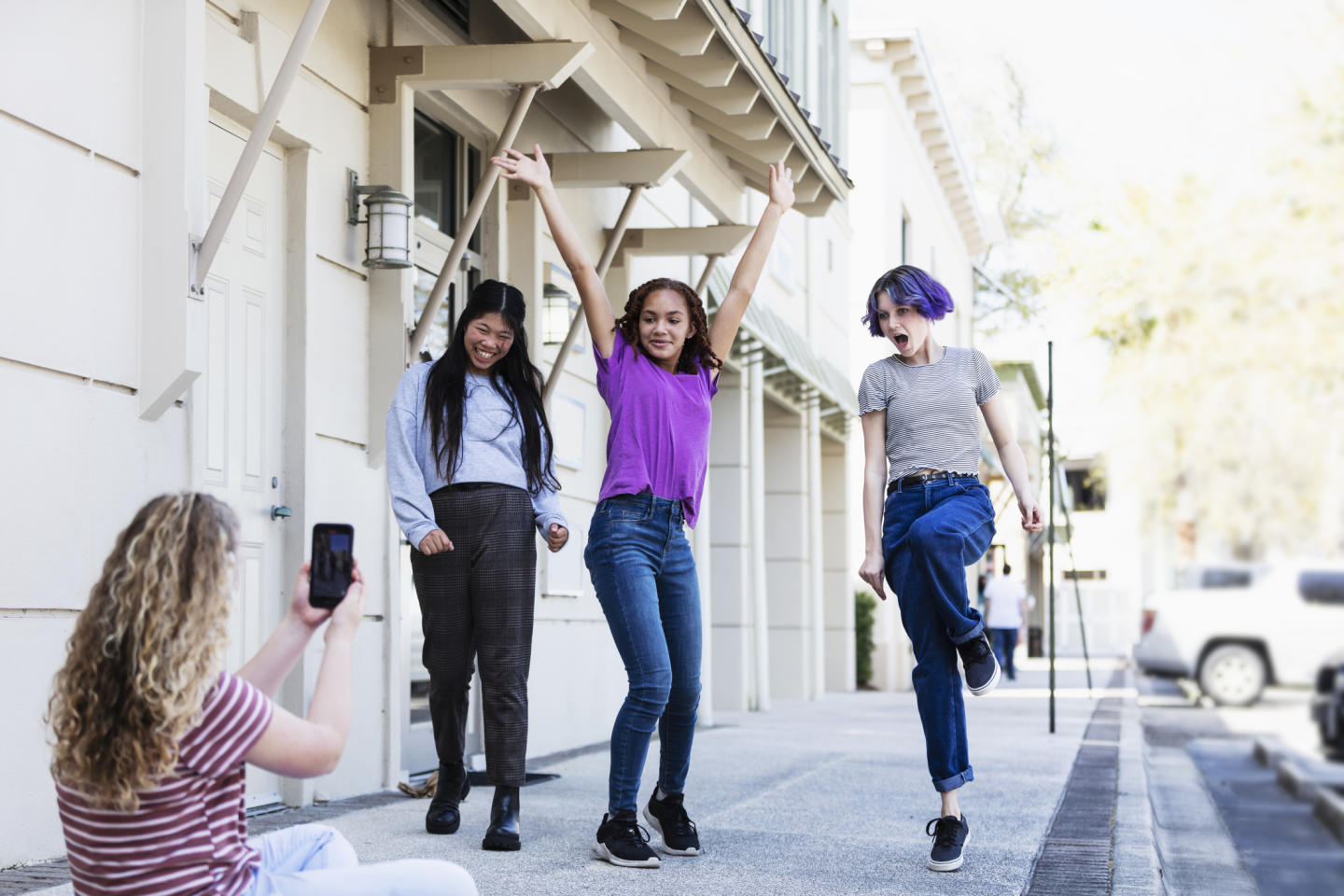Are you inadvertently sharing your location and other information in your social media posts?

Nimmi Kanji
Director - Social Purpose Programs, For Good and TELUS Wise

Making fun TikTok videos at the dog park, posting the perfect vacation selfie on Instagram or revealing the unboxing of your latest purchase on YouTube are just some of the ways we share on social media. It’s so common now to document almost everything and share right away. But people sometimes overlook the risks (especially the unintended ones).
Every post, picture or video is an opportunity to connect with friends, family and followers. But there’s also a risk of sharing personally identifiable information you may not have intended to make public.
“Tell me where I am JoseMonkey!”
JoseMonkey is a TikTok sensation (1.1M followers; 7.3M likes), who, “finds people (18+) who ask to be found.” His goal is to raise awareness about the risks of posting things online. How he does it will both surprise you and shock you -- and most likely make you rethink the next video or photo you or your kids post online.
One of his recent videos featured a mom on a mission. She wanted JoseMonkey’s help to highlight the risks of social media to her 10-year-old.
She took a simple video of herself in a fairly average looking place - similar to any other selfie video you would see on social media, and said “Tell me where I am, JoseMonkey.” JoseMonkey watched the video and listed what he saw in the background – a CVS, a water tower, a parking lot, a building that looks like an apartment or hotel, other people in the background, a garage or shed and a Wendy’s. He also made note of where the sun and shadows were to figure out directions, what people were wearing (shorts and tank tops), as well as the mom’s accent.
Creating a crude map of the landmarks he saw and then using data mining and geolocating, he came up with 24 possible locations. He then compared them to his makeshift map and confirmed the location using Google Street View.
A little terrifying? Yup. Very illuminating? Absolutely. My jaw definitely hit the floor as he pieced together the puzzle and figured out her exact location!
It’s all in the details
As part of its Get Cyber Safe program, the Government of Canada posted about the risks of sharing too much information online. Of course, most people know to never provide their obvious personal details like full name, address, phone number or place of employment.
But what about the seemingly innocent information? Get Cyber Safe offers some great tips to help you evaluate the possible risks associated with what you’re posting:
- The tells aren’t always obvious: posting about your old elementary school, first pet or childhood street? Guess what? Those are also typically the most commonly-used security questions online. Phishing scams can be sneaky – a fun quiz or a viral post can put your personal information at risk.
- Location, location, location: geolocating allows us to easily share where we are, which is great for people that know us well. You may be in Costa Rica, Venice, New York or BC, which is awesome. But that also means you aren’t at home, and your house is empty. Be careful sharing your location when you are out of town. Consider sharing after your vacation adventures after your return as opposed to while you are on vacation.
- Always think before you post:, take a minute to consider what you’re posting and ask yourself who will see it, is there any unobvious sensitive information being revealed and is the post necessary.
JoseMonkey also offers some specific advice about how to avoid revealing your location when filming videos for social media:
- Record in a public place: many people record videos outside of their homes or places of work. But with a little online detective work, landmarks or signs in your video could give away where you live or where you work.
- Be wary of the writing: overlooking even the smallest pieces of information – a street sign, a license plate, a store sign, a delivery sticker on a package – could compromise your personal information and give bad actors information they seek to scam you.
- Stay stationary: the more you move around when filming, the more opportunities there are to expose personal details or location information. If you’re filming in the car, be aware of what is visible through the windows and whether your GPS makes a cameo.
- Select your wardrobe carefully: clothes and accessories can be giveaways too. ID badges are obvious. But what about branded swag from local businesses, your employer, favourite sports teams or your school/alma mater? And if you wear glasses or sunglasses, look to see if there is any information being inadvertently shared in the reflection on your lenses. Even those small things add up to revealing more about you if people put the pieces of the puzzle together.
- Review thoroughly: even if you think you’re careful, you could have missed something. Watch your videos with a critical eye and re-record if you’re revealing too much. This is a great exercise you can do with your kids to teach them the importance of being aware of their surroundings when making videos to post online.
The best way to protect your privacy online is to not post. But in a world of social media where it’s fun to share your creativity and experiences with the people in your life, it’s critical to stay aware of the risks. People like JoseMonkey are analyzing and geolocating videos to teach positive lessons about the risks of posting online. But there are bad actors out there with very different intentions. Be aware of what and when you’re posting, and pay attention to what you could be revealing. Share the process and why you’re doing it with the kids in your life to teach them how to post with privacy in mind.
Test your privacy know-how with this TELUS Wise Kahoot quiz.